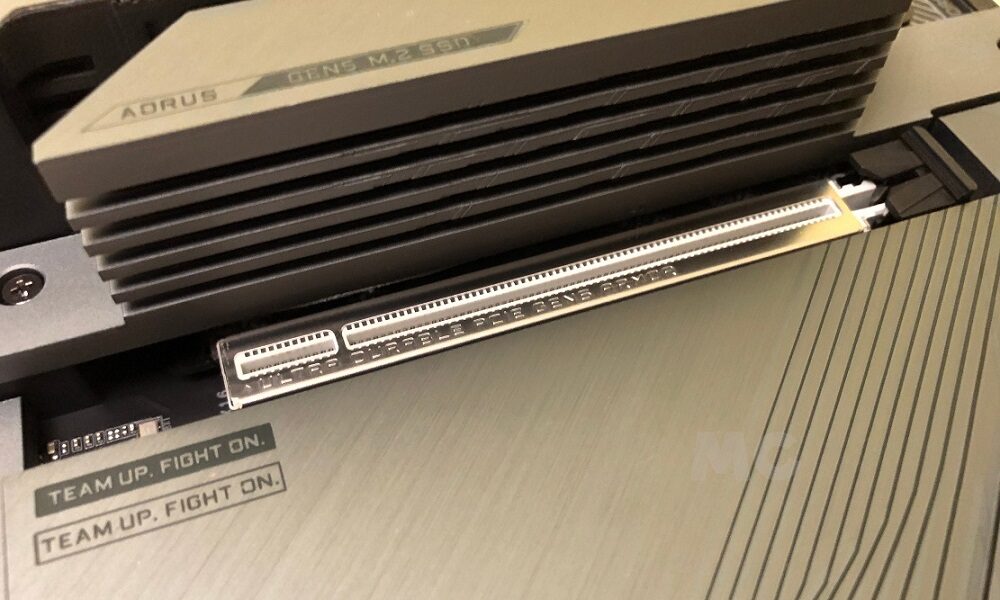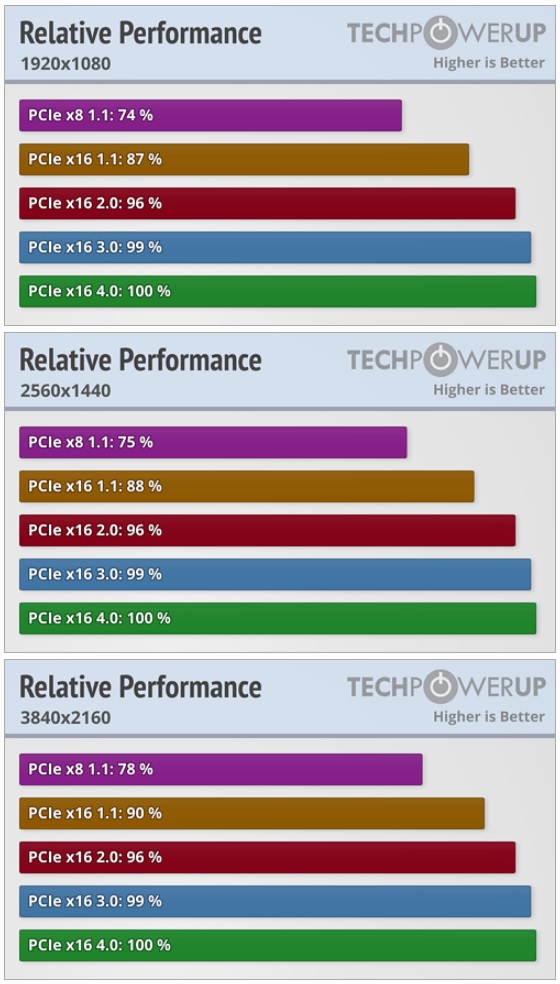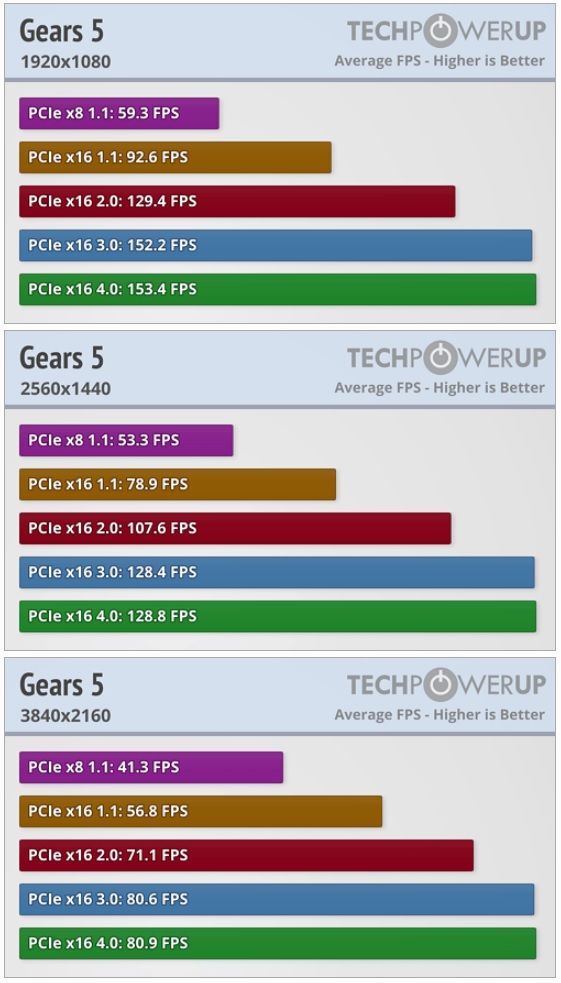
The PCIe interface, and the available lanes, are two very important keys because they determine the bandwidth that a graphics card has available, and because this is something that can end up affecting its performance. In TechPowerUp they have published a new article where measure PCIe scaling with a GeForce RTX 4090 using different configurations and games, and the results they have obtained are very interesting.
Before we continue, let’s review how this standard works to better understand the PCIe scaling results with the GeForce RTX 4090. The PCIe standard used, which can be of first, second, third, fourth or fifth generationdetermines the bandwidth available to the component we have connected, in this case a graphics card, for each available line.
- PCIe Gen1 x1: 250MB/s.
- PCIe Gen2 x1: 500MB/s.
- PCIe Gen3 x1: 984MB/s
- PCIe Gen4 x1: 1,969MB/s.
- PCIe Gen5 x1: 3,938MB/s.
On the basis we just saw, a PCIe Gen1 x16 (16 lane) interface would have a total bandwidth of 4GB/swhereas a PCIe Gen5 x16 (16 lane) interface would have a bandwidth of 63.02 GB/s. You can calculate the total bandwidth by multiplying the base that I have given you by the total number of lines.
PCIe scaling with a GeForce RTX 4090: when does performance loss occur?
As we just saw, with a newer PCIe standard we need fewer lanes to achieve higher bandwidth, and the differences can be huge. However, in terms of performance, the reality is that even with a graphics card as powerful as the GeForce RTX 4090, we cannot saturate a PCIe Gen 4 x16 interface, since the difference between this and a PCIe Gen3 x16 interface is only 1%.
Interestingly, when we go down to a PCIe Gen2 x16 interface the performance difference is very small, since we barely lose 3% compared to PCIe Gen 3, and only when we went down from that did we begin to notice a sharp drop in performance. This confirms that there is still no need to use a PCIe Gen5 interface to connect a graphics card, and that this will not provide a performance improvement.
Making an individualized analysis by games we see that Gears 5 is one of the ones that suffers the most from the drop from PCIe Gen3 x16 to PCIe Gen2 x16. Just on the other side of the coin we would have Far Cry 5, which is one of the games that suffers the least from the change to a lower standard. Keep in mind that this is also one of the oldest games in the comparison.
These results allow us to clarify From what bandwidth will we have a bottleneck if we use a GeForce RTX 4090since we can calculate it starting from the PCIe Gen2 x16 interface, which is the level at which the loss of performance begins to be palpable, even if it is small.
This calculation confirms that when going down to 8 GB/s said graphics card would not have enough bandwidth to develop its full potential, which would be equivalent, in a more modern standard, to PCIe Gen4 x4.





